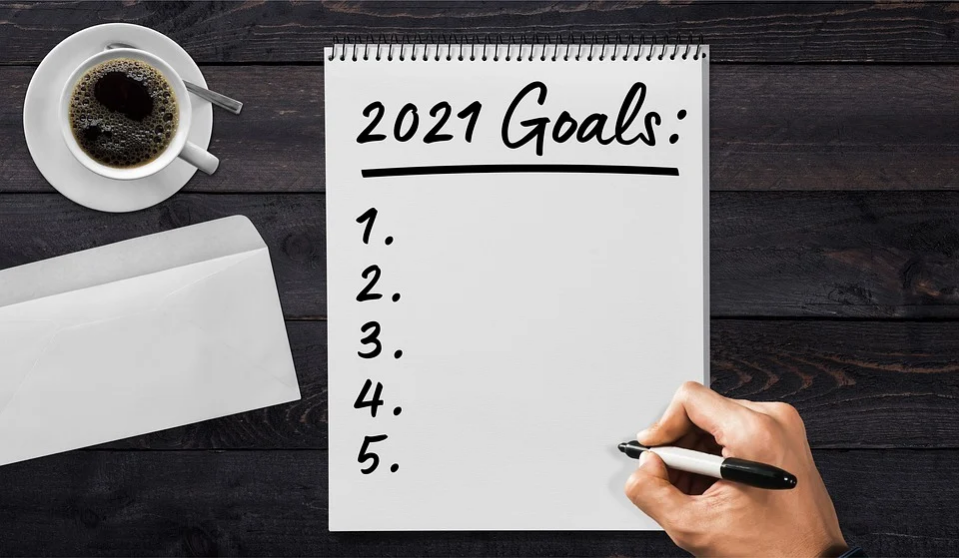Remember “big days” inside a Big Bazaar store from its heydays?
Lure of cheap products and discounts. Disarrayed categories. Unheard of brands and products stocked to the roof and into the aisles. Promoters shouting over each other through megaphones. Being intercepted at every turn by a sales pitch. Convoluted cashback calculations…
That’s e-commerce for you today. Everyday.
Offers and deals on everything. Categories grouped with no apparent logic. Brands you’ve never heard of suggested as best sellers. Sponsored ads till three scrolls down. Competitive banner ads on every page. Convoluted offers when adding to cart.
The platform buyers and manufacturer account managers of modern trade channel then and e-commerce today, too are similar.
Completely dependent on big media spends and marketers to drive traffic to the store, category and product. Both happy with the deals they offer and sales they achieve. Both don’t know why they achieved a certain number other than the fact that they gave good discounts.
The time is ripe for good category management and the e-commerce equivalent of a HyperCITY of 2006.
HyperCITY was about the amazing and ordered experience it provided. For a long time before DMart arrived, it was ‘the’ store doing amazing throughputs.
DMart too is in some sense organised UX. It is not great but works brilliantly. With its limited but only top selling SKU selection, rigid cost control, unbeatable value, it ensures its consumers know exactly what they are walking into.
None of the e-commerce platforms today are properly ordered. The UX and product discovery is frankly horrible (and I’ve read all the paeans about Amazon’s UI/UX), then they force manufacturers to advertise to compensate for it, they have high acquisition costs and importantly they ‘confuse the hell’ out of the consumers on their platforms. I would love to look at stats of browsing vs buying, and on abandoned carts. I frankly think Snapdeal was just the curtain raiser if this is not fixed on priority.



